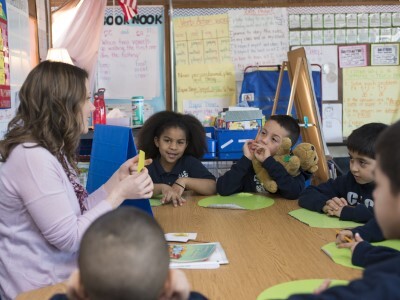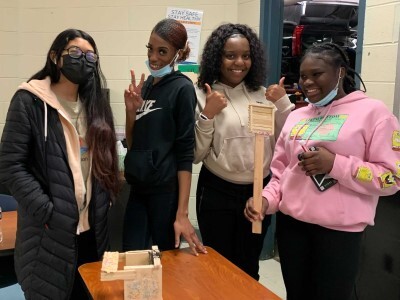Schools Should Be Cathedrals of Learning
Topics
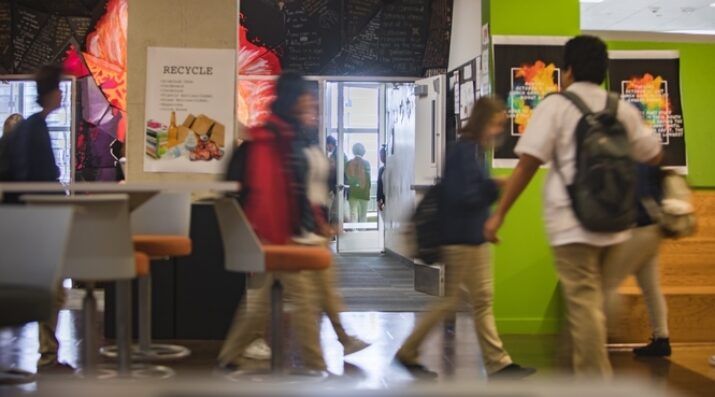
We’ve all had the experience of truly purposeful, authentic learning and know how valuable it is. Educators are taking the best of what we know about learning, student support, effective instruction, and interpersonal skill-building to completely reimagine schools so that students experience that kind of purposeful learning all day, every day.
When we focus solely on pedagogy and instruction and neglect the physical environment of schools and classrooms, we leave 25 percent of learning progress untapped.
“If you look at the Baths of Caracalla…. we all know that we can bathe just as well under an eight-foot ceiling as we can under a 150-foot ceiling…. but there’s something about a 150-foot ceiling that makes a man a different kind of man.” –Louis Kahn, American architect of the late 20th century
Sarah Williams Goldhagen in her book Welcome to Your World: How the built environment shapes our lives makes the compelling case that cognition is the product of a three-way collaboration between your mind, body, and environment. Our built environment (the spaces we design, create, and inhabit), she argues, greatly contribute to either the flourishing of human life or its degradation depending on its design.
This perhaps should not surprise us. Our bodies and minds respond in ways both conscious and unconscious to beautifully designed physical spaces. The Rambles in Central Park. The Sydney Opera House. Any home by Frank Loyd Wright. We have all walked in museums, plazas, foyers, landscaped park grounds, and homes that have simply taken our breath away. We have all recoiled at poorly designed spaces as well. Any airline middle seat in coach class. Public restrooms in most ballparks.
What may surprise us though is how the underlying elements of these beautiful designs can follow certain principles—what Goldhagen refers to as “embodied metaphors.” These embodied metaphors suggest, reinforce, and captivate an action sequence from us that is both cognitive and non-cognitive in response. Examples of these natural, unconscious design principles that evoke conscious responses include:
- Natural landscapes settle a person’s elevated heart rate after just 20 seconds
- Bright lights stimulate creativity and bright ideas
- Closed spaces offer a sense of refuge
- Expansive spaces invite exploration
- Colors can heighten (red for anger) and dampen (pink for calm) emotions
- Sharp edge surfaces suggest retreat
- Curving surfaces suggest approach
- Repeating patterns with respites from that same pattern can stimulate problem solving capacity
This has profound implications for the built environments of school buildings. Goldhagen cites one study of 34 different British schools where the six design parameters of color, choice, complexity, flexibility, light, and connectivity affected a student’s learning progress by 25 percent! The difference in learning between the best and worst designed classrooms was equal to the progress of an average student over an entire academic year.
I’d like to repeat that: The difference in learning between the best and worst designed classrooms was equal to the progress of an average student over an entire academic year.
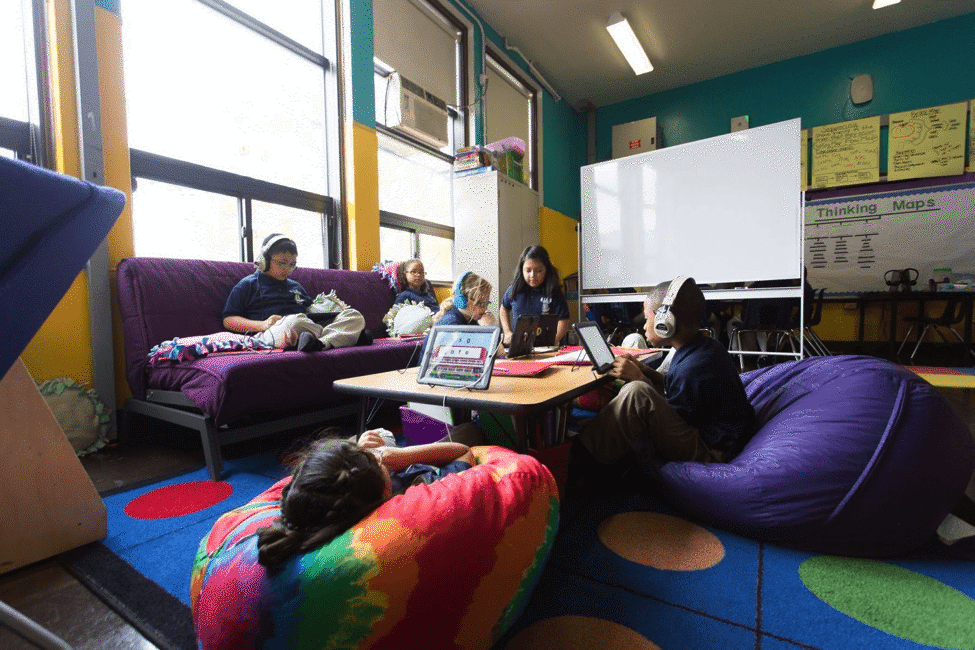
We often think about students’ learning environments purely in terms of socio-economic factors (i.e. does the child or his family suffer from poverty, addiction, abuse, etc.). However, we receive these socio-economic inputs as inputs that we do not control. The built environment however is something we can control because we design for it in the first place (i.e. a building or room has to be created by someone). Goldhagen cites research that suggests a child’s built environment (the space they inhabit while learning and its design) is a better predictor of a child’s conduct at a given time than the child’s individual, psychological profile.
Too often, children in poverty live in dwellings that are cognitively dulling environments, often limited in natural sunlight, creative use of color, changes in texture, or sightlines to landscaping, greenery, or vegetation. Low-income housing often wrings out the least costly, most expedient design. These children of poverty often leave such home dwellings and enter school buildings and classrooms each day that are equally devoid of cognitive inspiration. Where is the inspiration in uniform rows of wooden desks and plastic chairs?
When we assume that meta-cognition (the ability to perceive one’s own thoughts and actions) is affected solely by pedagogy and instruction, we neglect the physical constructs of students’ environments, and we leave 25 percent of learning progress untapped.
Spatial arrangement of furniture, use of color, light, texture, and complex patterns can engage a child’s learning by embodying that learning in physically suggestive and mentally refreshing and inspiring ways.
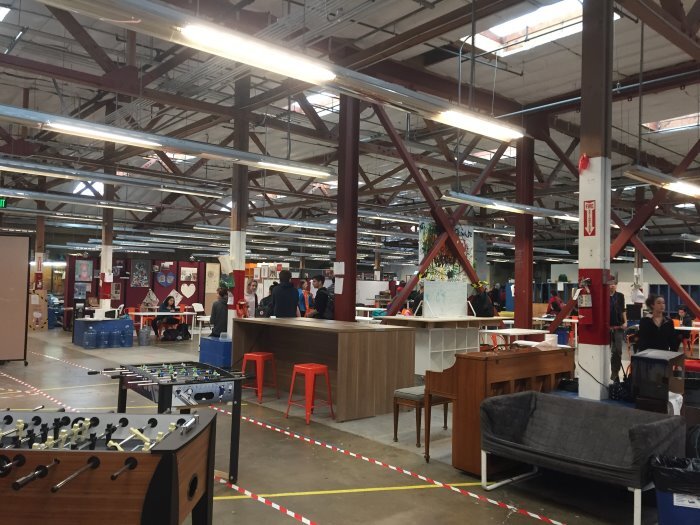
How could simple, inexpensive applications of these principles take hold in a school? I have a few ideas.
Imagine a student instead of being sent to a “detention room” after school was given time and space outside on the school’s grounds to decompress from a conflict? Just 20 seconds outside would result in materially reduced levels of stress and anger.
Imagine during project-based learning presentations, group presentations were performed under higher intensity, brighter lights akin to the spotlight on a show or musical to generate greater creativity?
Imagine the parents’ resource room contained couches to encourage conversations and relationship building and became the most inviting “coffee shop” in the neighborhood?
Imagine students learning science where the classroom was a live garden outside and the tactile sensations of digging, planting, and harvesting embodied the very same scientific principles being taught?
How well does your school’s built environment contribute to human flourishing? Walk into your or your child’s school and ask yourself three questions:
1. How often is a child exposed to natural sunlight?
2. How are color, light, and space used to reinforce learning habits such as focus, creativity, and peacefulness?
3. How are furniture and other artifacts used to embody metaphors akin to learning?
There’s a famous parable about three bricklayers. When asked what they were doing the first bricklayer said he was laying bricks. The second said he was putting up a wall. The third man said he was building a cathedral.
As educators, are we designing a wall of knowledge or a cathedral of learning for our students?


